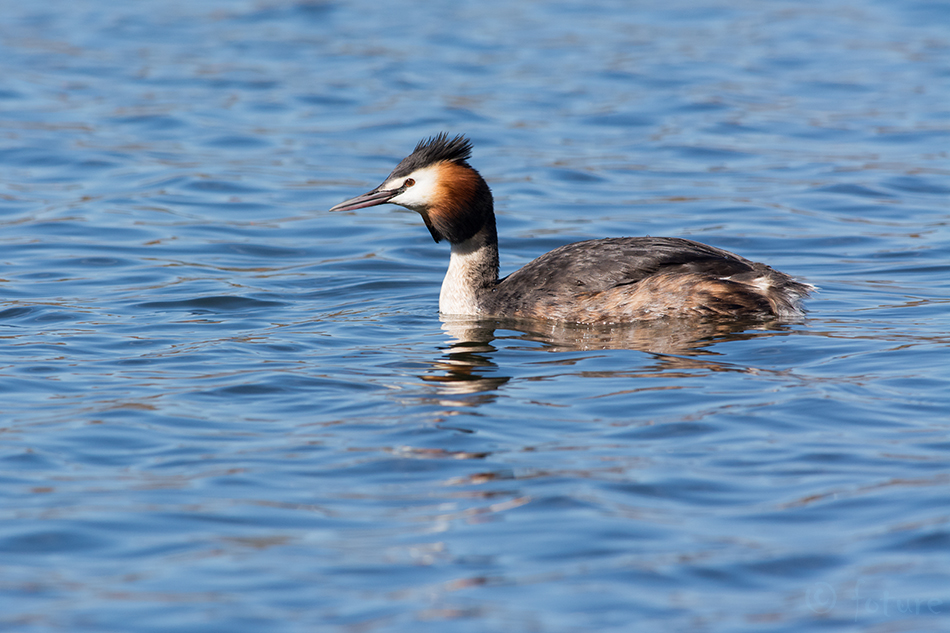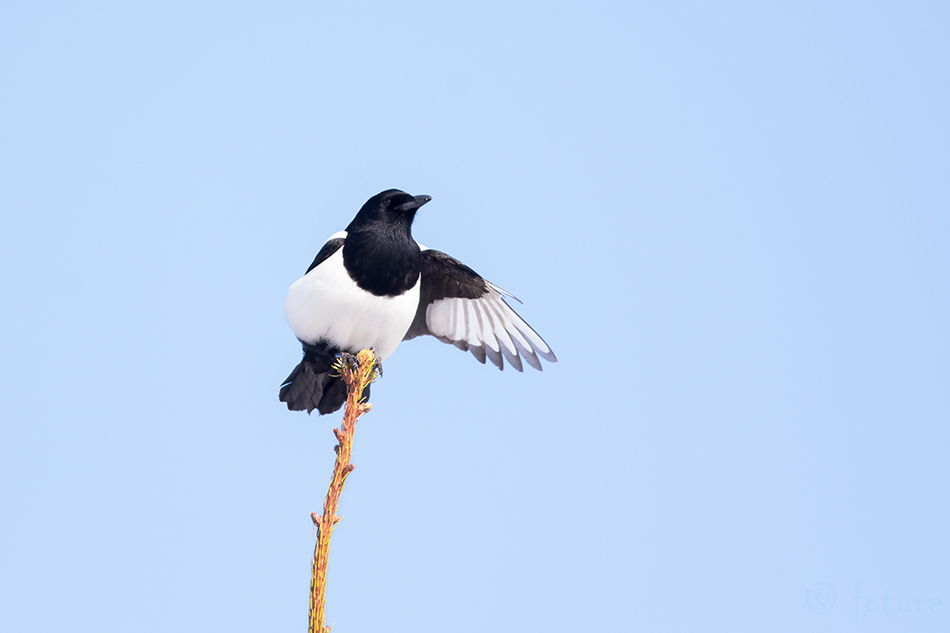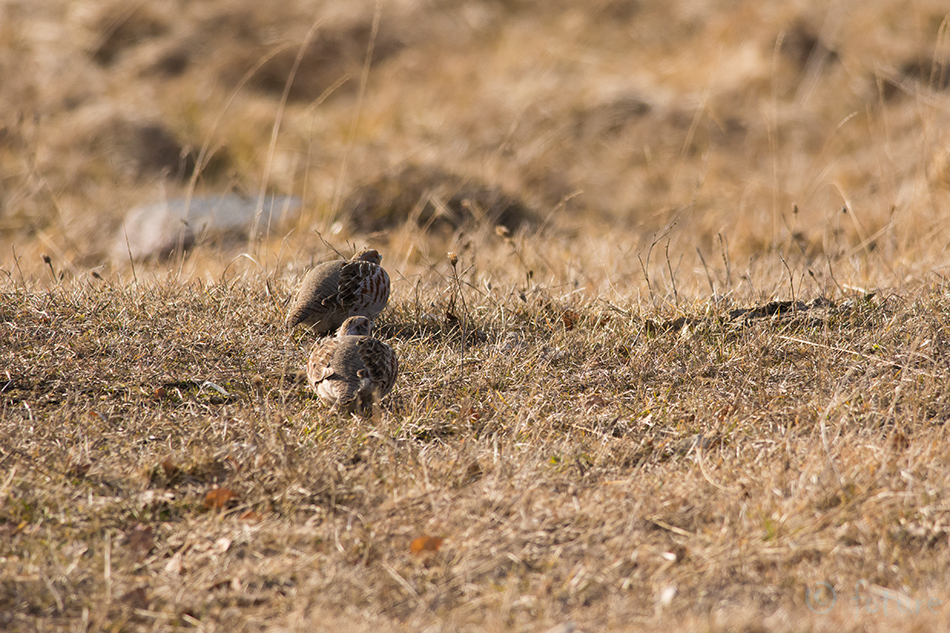Rohemust noolemürgikonn on üks paljudest Kesk-Ameerika mürgikonnadest, kuid pole neist siiski kõige mürgisem. Samas on mürgihulk piisav selleks, et inimesel süda seisma panna. Mürki väljutab ta aga ainult juhul, kui tunneb end ohustatuna, seega tema läheduses tasub rahulikuks jääda :)
Noolemürgi konnade nägemine metsikus looduses polegi tegelikult väga lihtne. Kõige parem variant on varahommikul ja pärast vihma ning just sellised tingimused valitsesid pilditegemise hetkel Carara Rahvuspargis, Costa Ricas. Kuuma ja kuivaga poevad konnad lehepuru sisse või siis ripuvad kusagil lehtede alumistel pooltel. Muide pikkust on sel konnal napilt alla 2 cm, mistõttu tema pildistamine džungli pimeduselähedases hämaruses oli parajalt keeruline ülesanne.
Green and black poison dart frog is one of the many poison arrow frogs in Central America but it's not the most poisonous. Despite that, it is still a highly toxic animal and possesses enough poison to make a human heart stop beating. Luckily the frog will only release its poison if it feels threatened, so I guess it's wise to remain calm near this guy :)
Seeing poison dart frogs in the wild is not actually very easy. The best option is early morning and after the rain and luckily these were the conditions in Carara National Park, Costa Rica. When it is hot and dry, the frogs hide in the soil of the forest or hang under the leaves of the bushes. By the way, this frog is less than 2 cm long therefore getting a photo in the darkness of the undergrowth of the jungle was quite challenging.



















































